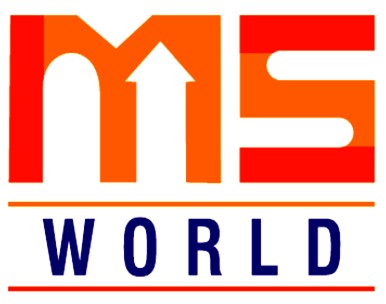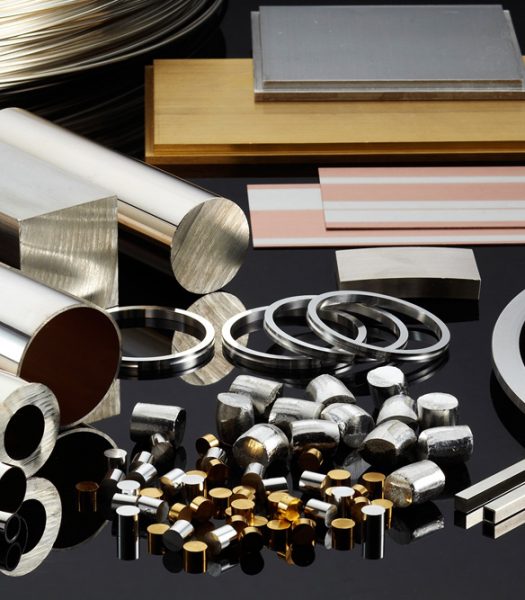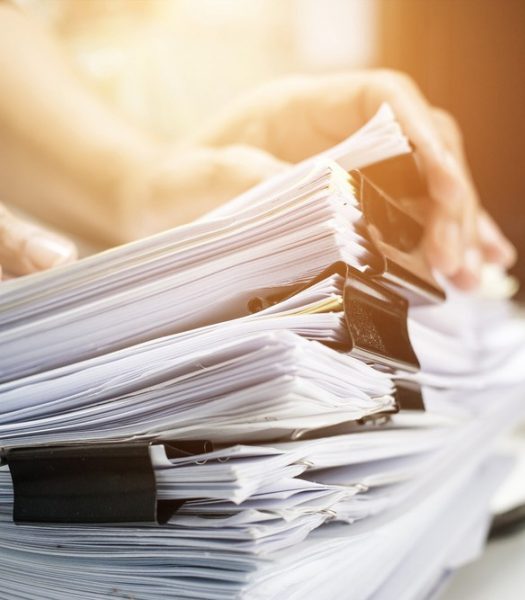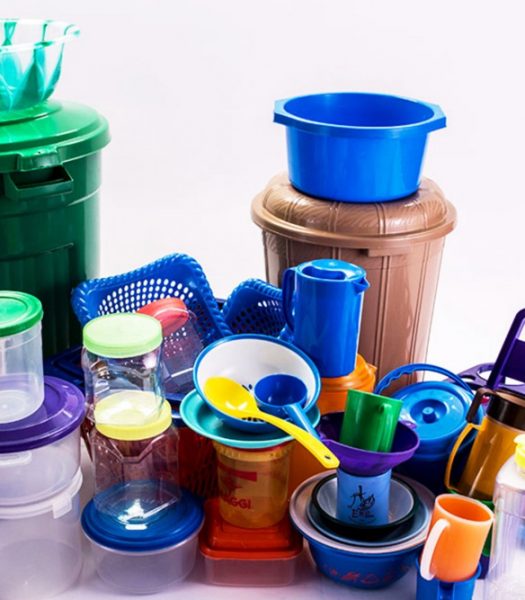PVC & Variants
£15.00
Polyvinyl Chloride (PVC or Vinyl) is an economical and versatile thermoplastic polymer widely used in building and construction industry to produce door and window profiles, pipes (drinking and wastewater), wire and cable insulation, medical devices, etc. It is the world’s third largest thermoplastic material by volume after polyethylene and polypropylene.
It is a white, brittle solid material available in powder form or granules. Due to its versatile properties, such as lightweight, durable, low cost and easy process ability, PVC is now replacing traditional building materials like wood, metal, concrete, rubber, ceramics, etc. in several applications.
Products Available
Polyvinyl Chloride is available in two broad categories: Flexible and Rigid.
• Plasticized or Flexible PVC (Density: 1.1-1.35 g/cm3): Flexible PVC is formed by the addition of compatible plasticizers to PVC which lower the crystallinity. These plasticizers act like lubricants resulting in a much clearer and flexible plastic. This type of PVC is sometimes called as PVC-P.
• Unplasticized or Rigid PVC (Density: 1.3-1.45 g/cm3): It is a stiff and cost-effective plastic with high resistance to impact, water, weather, chemicals and corrosive environments. This type of PVC is also known as UPVC, PVC-U or uPVC.
• Chlorinated Polyvinyl Chloride or perchlorovinyl: It is prepared by chlorination of PVC resin. High chlorine content imparts high durability, chemical stability and flame retardancy. CPVC can withstand a wider range of temperatures.
• Molecular Oriented PVC or PVC-O: It is formed by reorganizing the amorphous structure of PVC-U into a layered structured. Bi-axially oriented PVC has enhanced physical characteristics (stiffness, fatigue resistance, lightweight, etc.).
• Modified PVC or PVC-M: It is an alloy of PVC formed by addition of modifying agents, resulting in enhanced toughness and impact properties.
Chlorinated PVC (CPVC)
CPVC is manufactured by chlorination of PVC polymer thereby raising the chlorine content from 56% to around 66%.
Chlorination of PVC reduces the forces of attraction between the molecular chains. CPVC is also essentially amorphous. Both of these factors allow CPVC to be stretched more easily and to a greater extent than PVC above its glass transition temperature, Tg. Pipe (436), moldings (376) and sheet are formulated for high temperature use based on CPVC or blends of CPVC and PVC.
Category: Default.
Add to inquiry





